Teaching Traumatised Children: Resource for Teachers
Teaching Fostered Children: Video Resource for Teachers
Children and young people coming into foster care all have some level of unseen trauma that will likely affect their behaviours and how they present in every setting they find themselves in.
School can be a particularly challenging environment for looked after children. With it being such a large part of a child’s life, the ideal is for school to enable a consistent approach along with the therapeutic work our foster carers, support workers and social workers offer.
Unfortunately, with teachers having such big classes, constantly cut resources and their own processes to follow, we know how difficult tending to the, often higher, needs of fostered children can be. We also know that teachers really care and want to do their best for the children they’re working with, which is why we have created this video resource to hopefully help in growing personal learning and understanding of what might be going on for those children in care who are in their classrooms and the ‘why’ behind challenging behaviour.
It was some of our foster carer’s who identified the need for therapeutic learning to be made available to teachers, having found that many of their foster children struggling with significant relational and developmental trauma were often being misunderstood in their school educational settings.
With one of Community Foster Care’s core values being community commitment, it was really important to us that we try to bridge this gap. Equally, we obviously want to reduce the risk of causing further harm to our children and young people, which, for Community Foster Care, means arming all involved with the right information.
So, with all that in mind we sat down to speak with one of our Child and Adolescent Psychotherapist’s, Chris Saltmarsh; a veteran foster carer, Maggie; our Chair of Trustees, Jennie Dwight (a former head teacher herself) and finally, one of our former looked after young people, Casey.
Chris Saltmarsh gives a concise overview of the brain and how childhood trauma affects its function and development. She also outlines how this can show up in behaviour and most importantly, what to do when it does show up. She shares how to best help traumatised children regulate a dysregulated nervous system and the reality of trying to teach a child who is responding out of fear.
How to care for traumatised children in school:
Try to build a relationship with the young person and help them to understand you’re on their side, you won’t belittle them and that school is, in fact, a safe space where staff want to help them
Write down the lesson tasks, either on the white board or as a visual reminder they can refer to on their desk
Keep in mind that they may need longer to process things, so being put on the spot to answer a question might be really hard for them
They may benefit from sitting at the back of the class so they can see who’s doing what, who’s coming in and out of the classroom - this will help calm their amygdala’s fight/flight/freeze/flop response
Try to avoid putting them on the spot and give them a way out e.g. give them the opportunity to go out to speak to a different, trusted member of staff about what’s causing a problem or to go to a safe place with that trusted staff member
Make sure your young people in care know who they can go to for support
Image description: An infographic to display what is happening in two examples of a child’s brain. The brain of a ‘lucky child’ shows an inverted triangle sectioned into four which allows the largest section being available for learning, with the next focusing on social, the next for emotional regulation and the smallest section considering safety. The second triangle symbolises the brain of a traumatised child; here the triangle is reversed with learning sitting in the smallest section, then social, followed by emotional regulation and the largest section focusing on safety.
Our foster carer, Maggie, talks to her experience of looking after highly traumatised children, the shocking reality of what abuse and neglect can do to a child who may ‘look fine’ and shares an example of one of her brilliant success stories.
Our foster carer, Maggie.
Casey, our former looked after young person, tells of what school was like for her and how her trauma would lead her to behave. She shares how valuable the safe spaces provided and educational staff who knew about her triggers and her needs were for her when she was really struggling. Sadly, she also felt the stigma of being a ‘naughty kid’ from some staff but is really passionate in making sure that the voices of children like herself, are understood by all.
Our former looked after young person, Casey.
We really hope this video helps all those working with foster children and anyone dealing with trauma or adverse childhood experiences. Believe us when we say, we know how challenging and emotionally intense this work is. Working together to create solutions for complex situations will hopefully make life easier for all involved and set children in care up with the best foundations possible to break those generational cycles.
For more of our therapeutic parenting and child psychotherapy content, check out our YouTube playlist.



